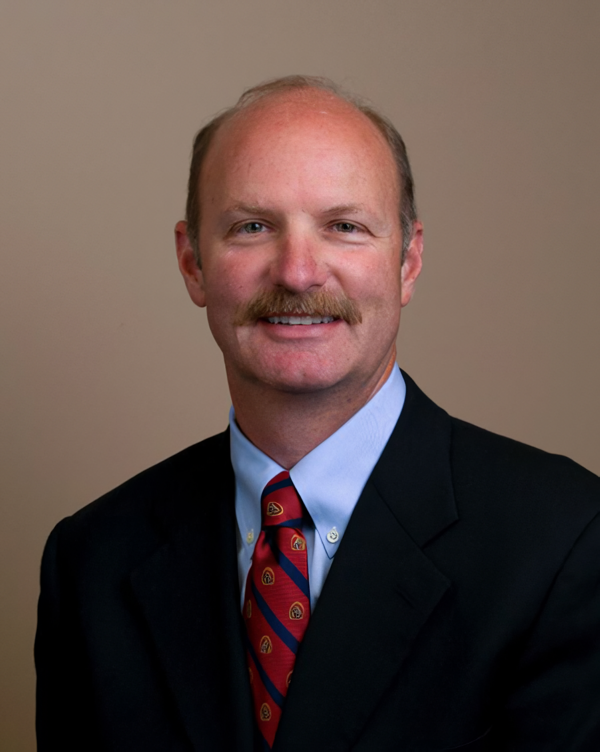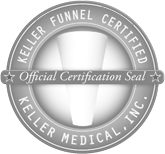Chicago Panniculectomy by Dr. David Dreyfuss
Panniculectomy removes the large “apron” or bulge of post-weight-loss skin and fat from the middle and lower torso. This extensive procedure, unlike the tummy tuck, generally removes a drastic amount of excess skin that may have been stretched out around the hips and lower back.
The procedure is performed under general anesthesia, may require a hospital stay, and most patients recover within three weeks to several months.
Quick Links

What are the benefits of a panniculectomy?
A panniculectomy can improve physical discomfort caused by excess skin, reduce the risk of skin infections and rashes in the abdominal fold, and enhance body contours. It can also improve mobility and self-confidence for individuals with a significant amount of overhanging abdominal skin.
Am I a candidate for a panniculectomy?
Ideal candidates for a panniculectomy are individuals who have significant overhanging skin and fat in the lower abdominal area, due to massive weight loss or after bariatric surgery. Candidates should be in good health and have realistic expectations about surgical outcomes.

Why Choose Dr. David Dreyfuss?
With decades of experience and board certification from the American Board of Plastic Surgery, Dr. David Dreyfuss offers a refined balance of surgical skill, artistic vision, and personalized care. Patients from across the region trust him for his expertise in procedures such as breast augmentation, liposuction, laser skin resurfacing, and eyelid surgery. Known for his compassionate approach and commitment to excellence, Dr. Dreyfuss personally guides each patient through every step of their surgical journey—from the first consultation to your final results.
If you’re considering a change—whether it’s enhancing your features or restoring what time has altered—our Orland Park practice is here to help. Dr. Dreyfuss invites you to schedule a private consultation and discover the many surgical and non-surgical options available to help you look and feel your very best. Your vision, paired with his experience, can create results that are both natural and transformative.







How is a panniculectomy performed?
During a panniculectomy, Dr. Dreyfuss makes an incision across the lower abdomen to remove excess skin and fat. The underlying abdominal muscles may be tightened, and the remaining skin will be carefully repositioned and sutured for a smoother contour.
How long do the results of a panniculectomy last?
The results of a panniculectomy are long-lasting, provided that patients maintain a stable weight and follow a healthy lifestyle. Aging and natural body changes may affect results over time, but the improvements to abdominal contour are generally permanent.
Chicago, IL Panniculectomy - FAQs
How do I prepare for a panniculectomy?
What is the recovery process like after a panniculectomy?
Will there be visible scars after a panniculectomy?
While scars are inevitable following surgery, Dr. Dreyfuss uses advanced techniques to minimize their visibility. Incisions are placed strategically within natural skin folds or below the bikini line. Over time, scars tend to fade and become less noticeable.
Can a panniculectomy be combined with other procedures?
A panniculectomy can be combined with procedures like liposuction or abdominoplasty (tummy tuck) to achieve comprehensive body contouring results. Dr. Dreyfuss will customize treatment plans based on the patient’s specific needs and aesthetic goals.